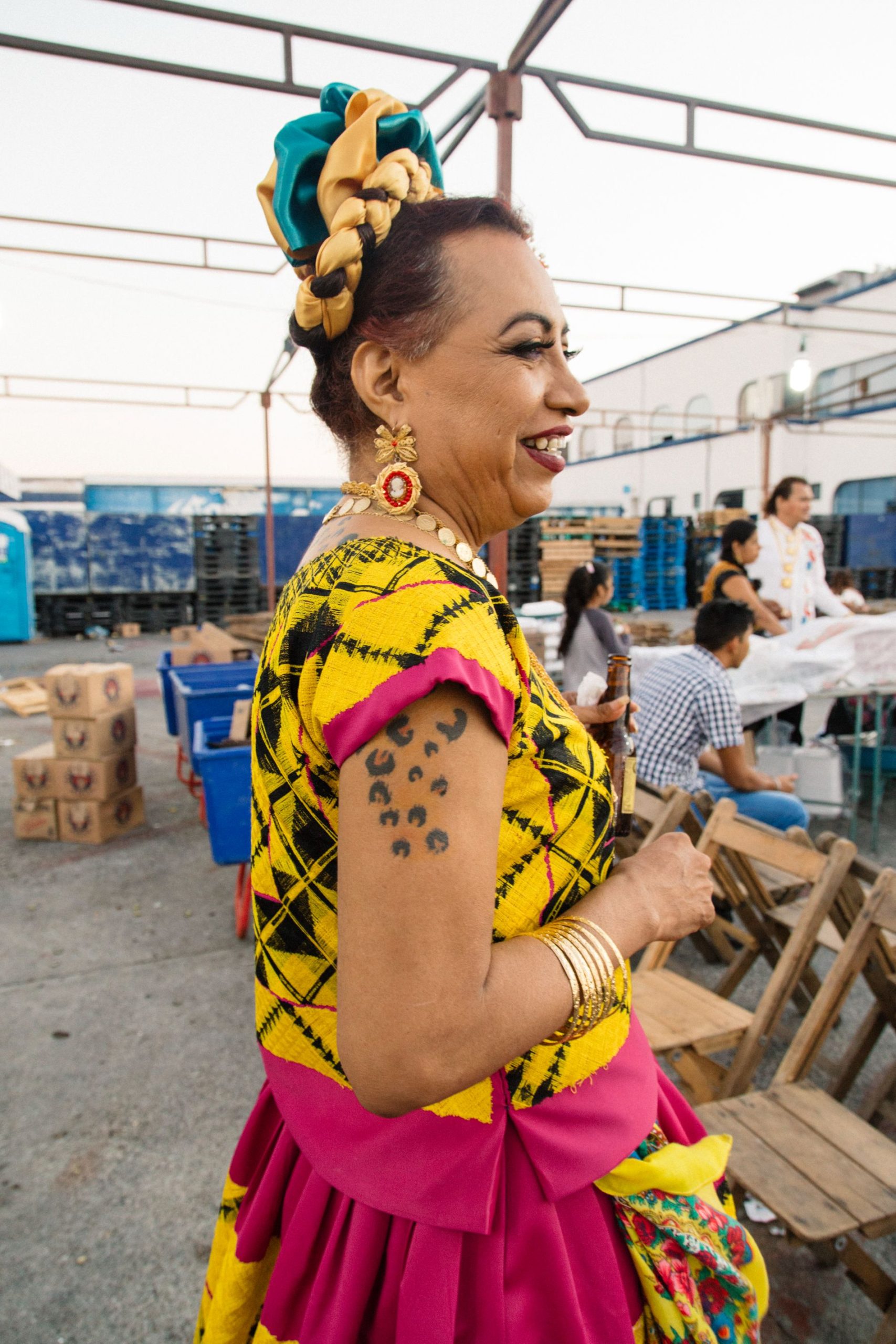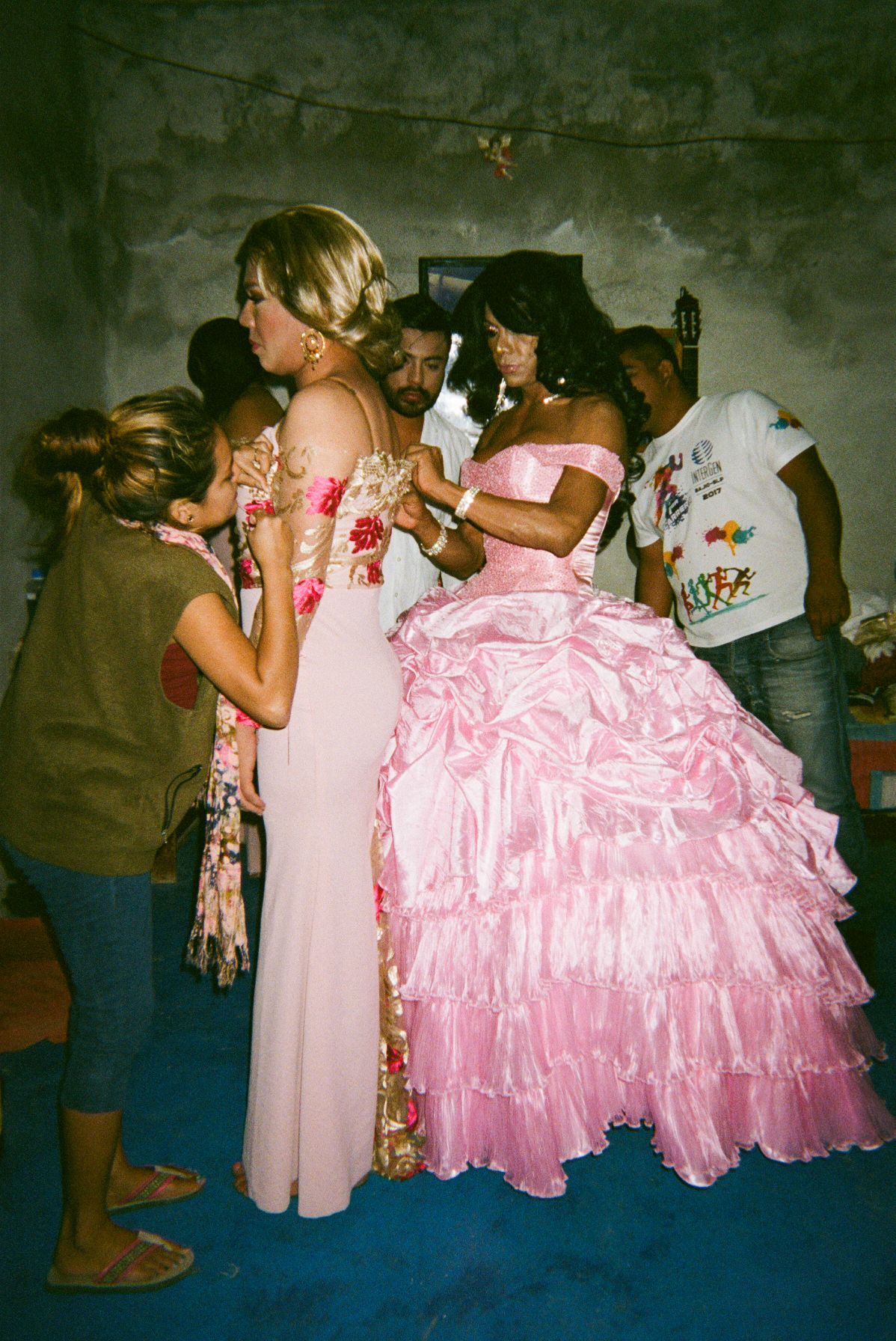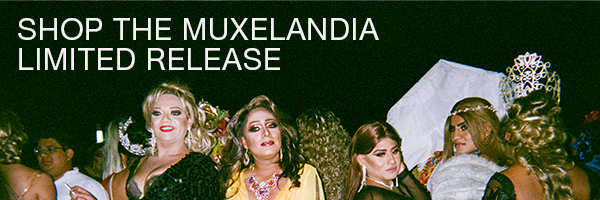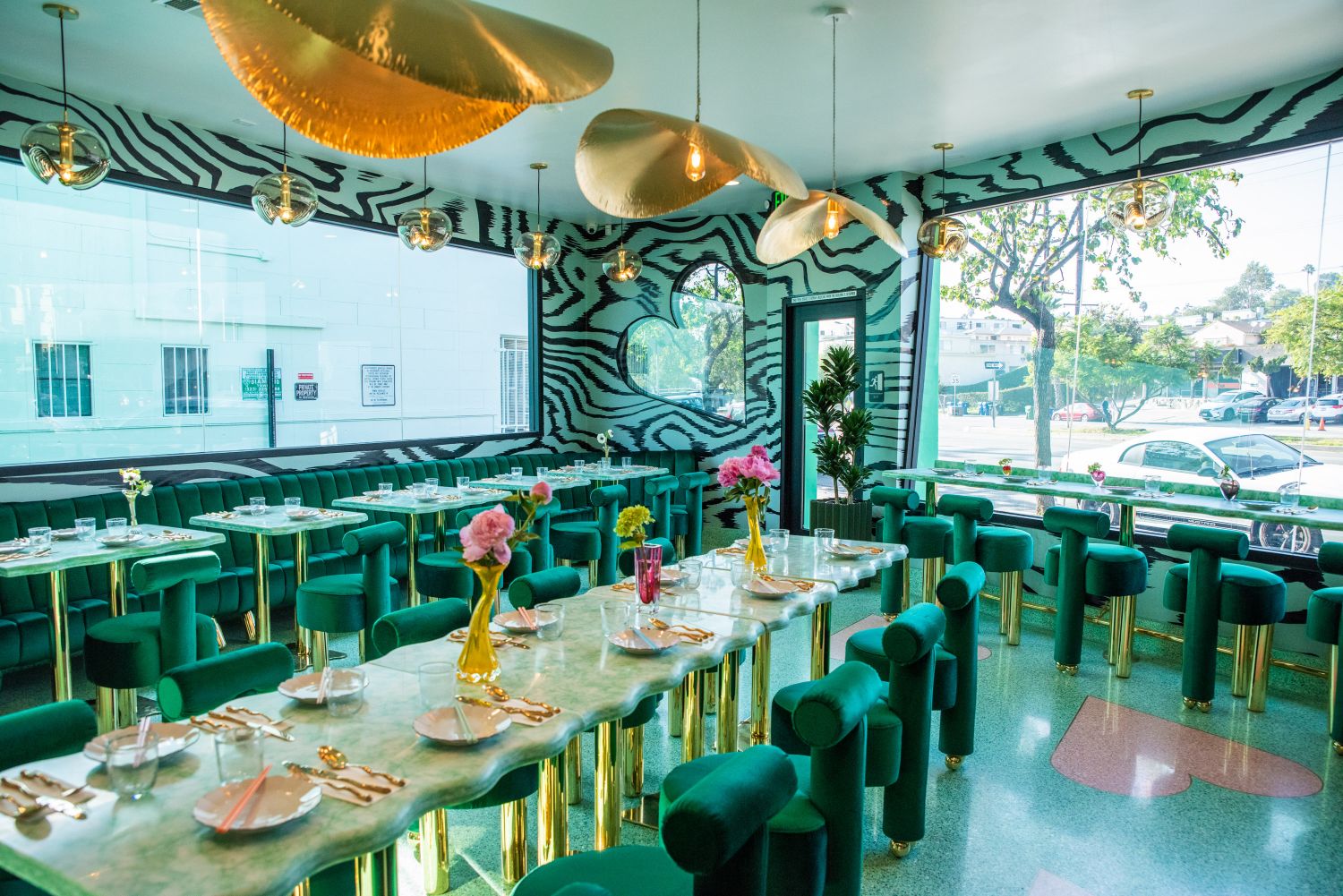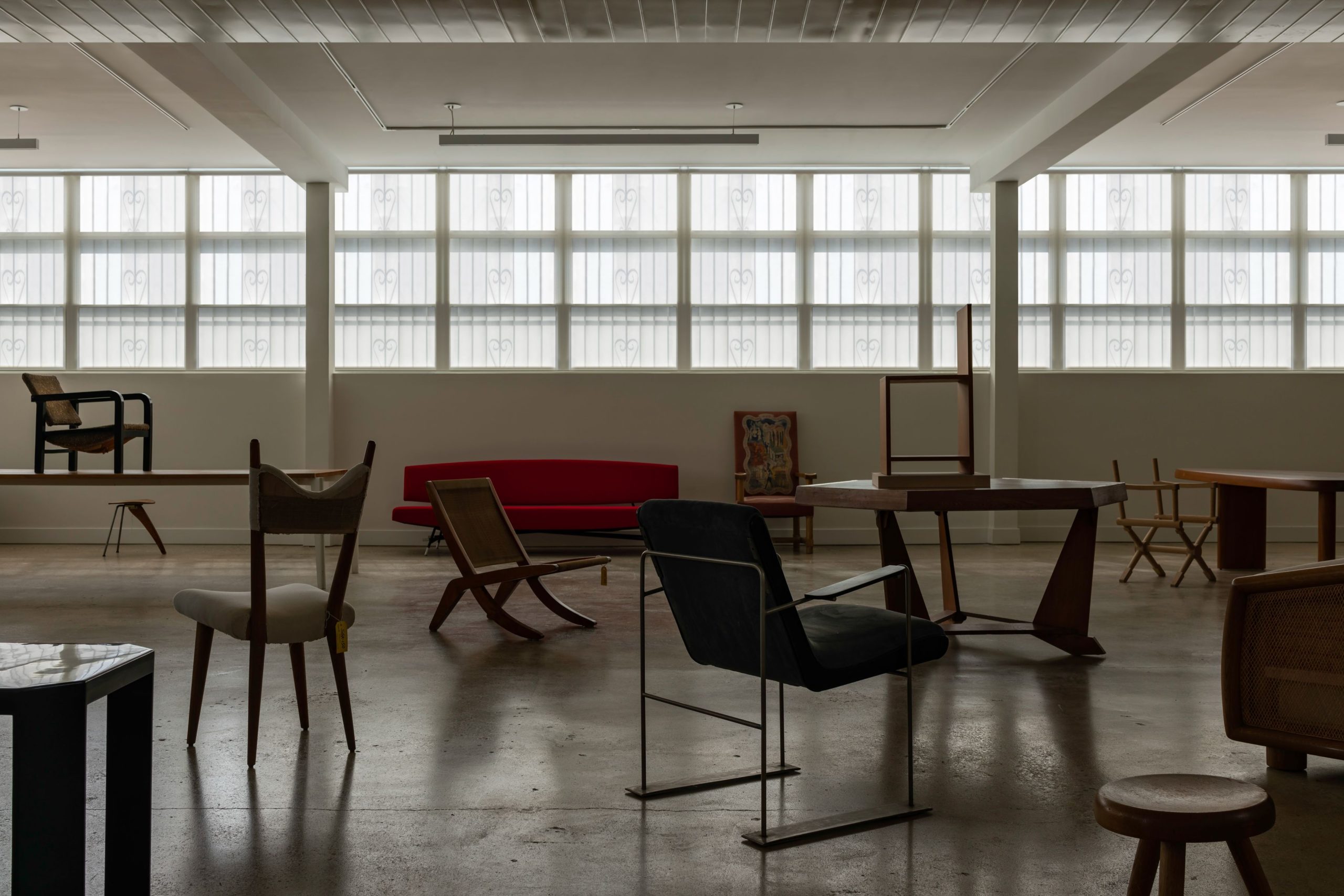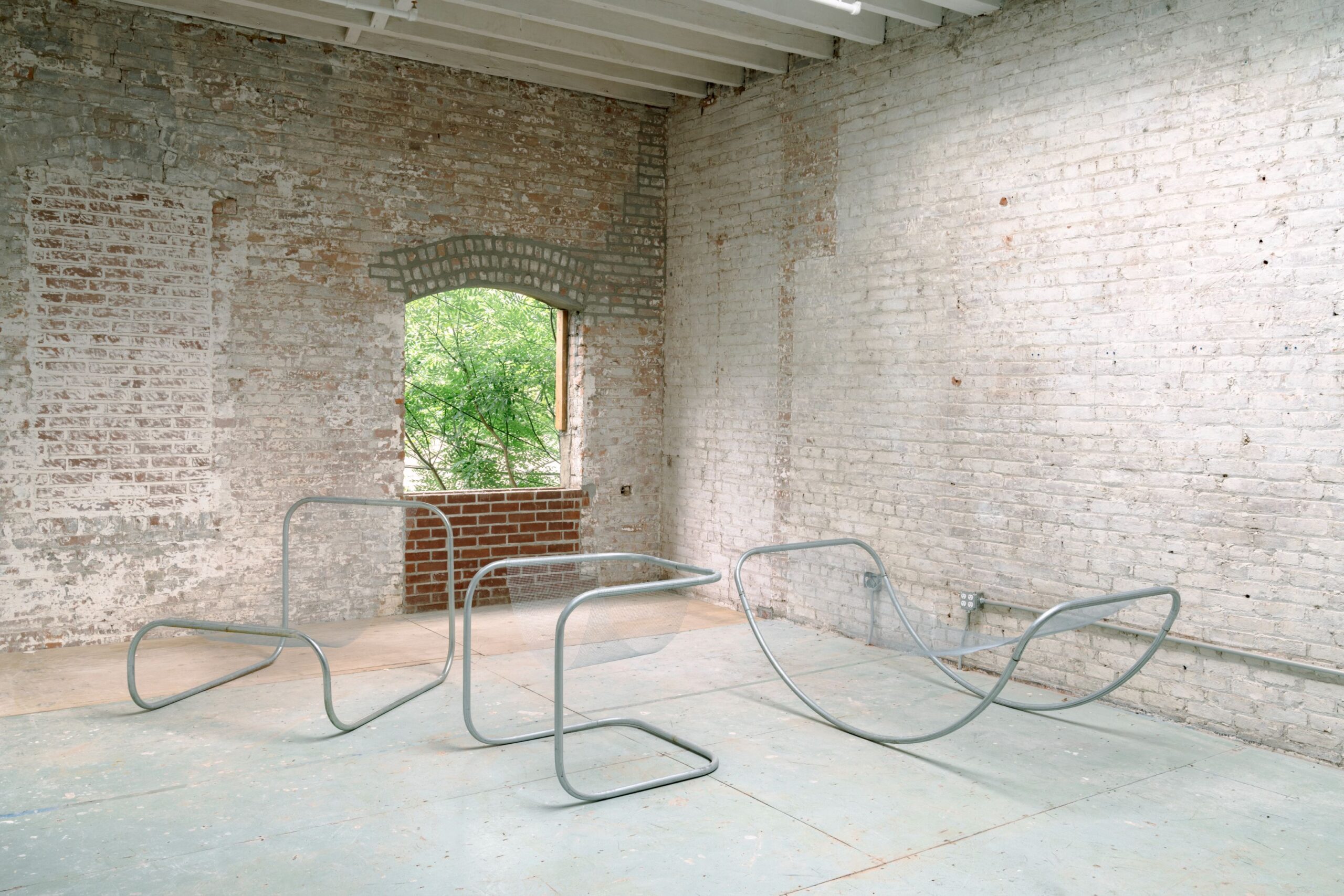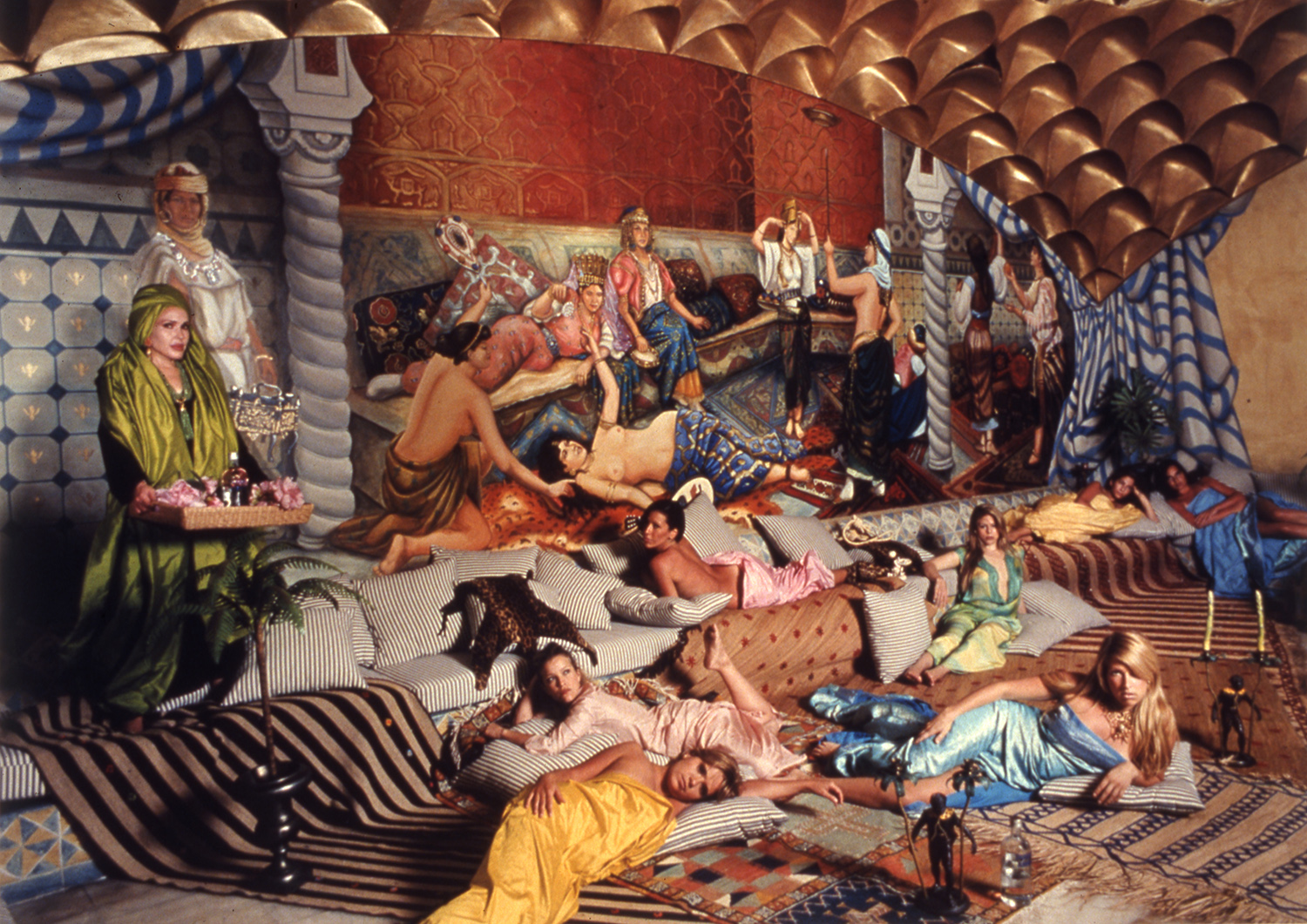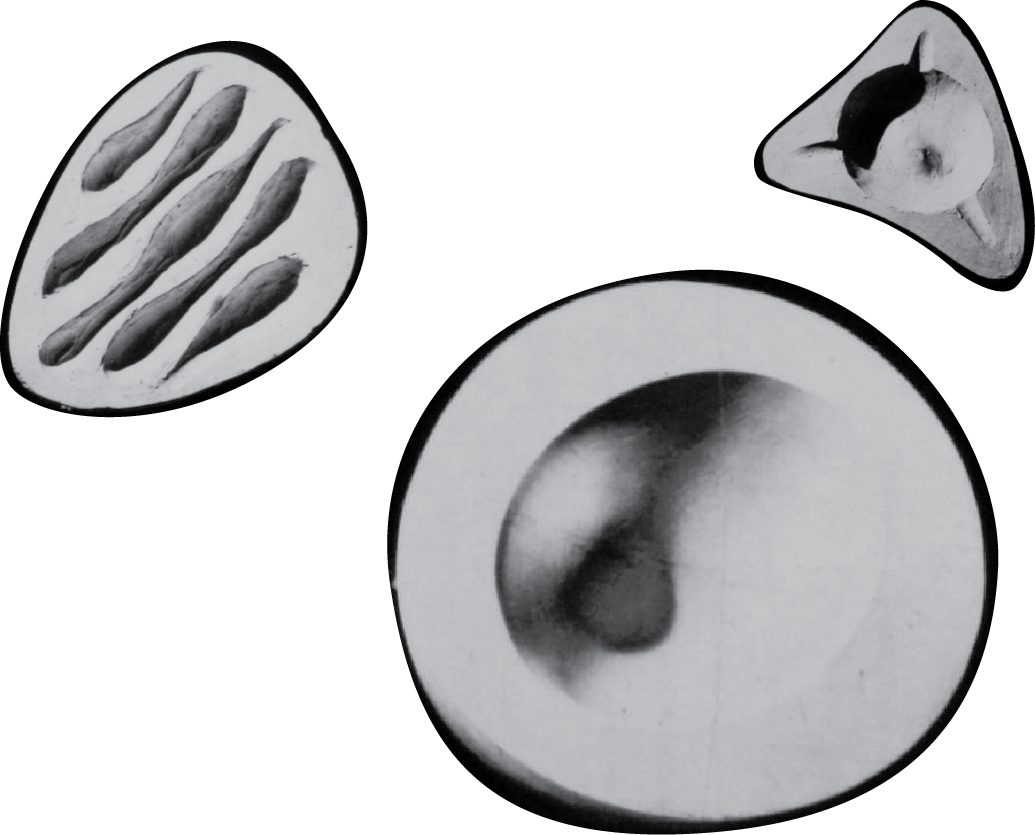MUXELANDIA, MARÍA ELENA VALDÉS REVEALS A WORLD OF NON-BINARY RADICAL ACCEPTANCE
Photography by María Elena Valdés
Author of the essay "Practicing the non-binary" Renata Juárez Huerdo
Limited edition signed copy now available on the MATERIA shop
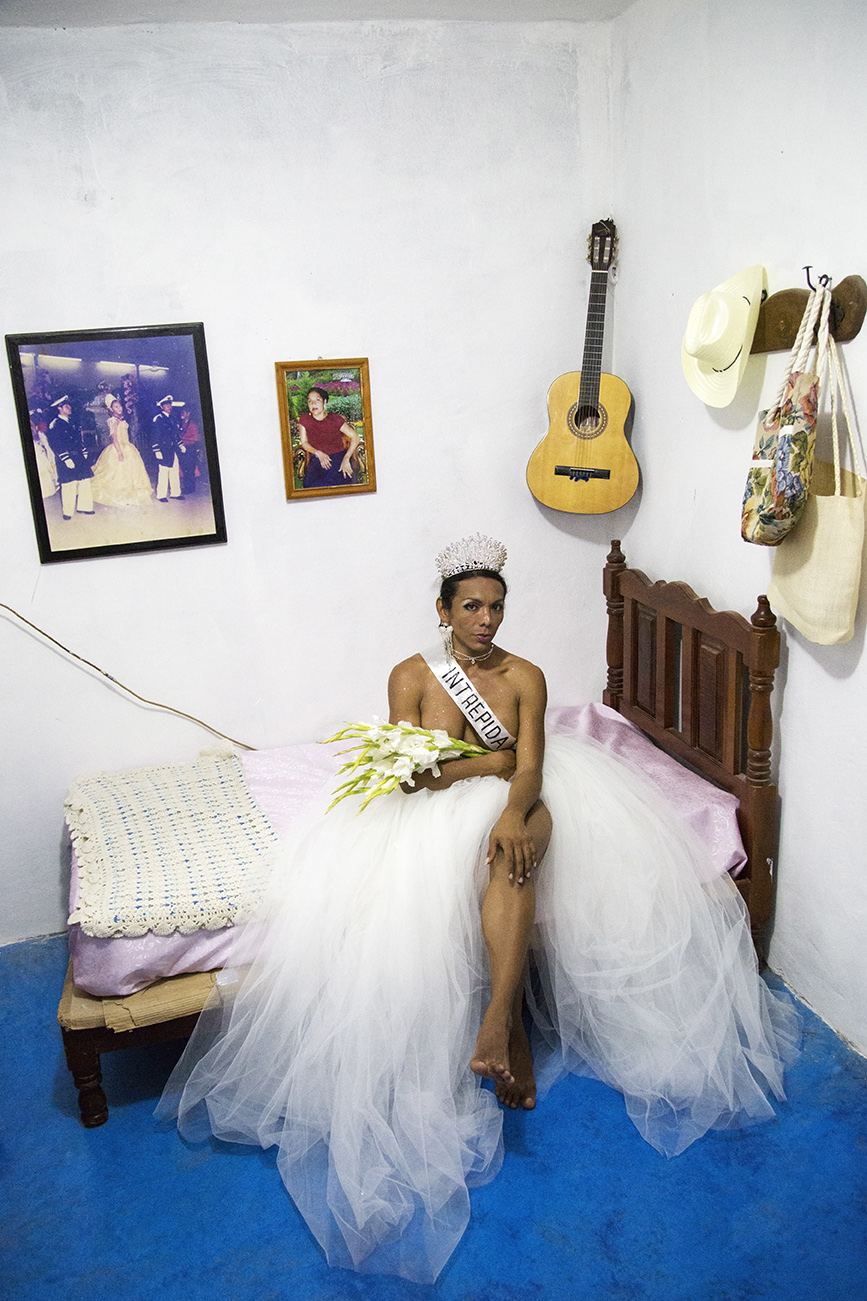
Photography represented freedom. That’s what motivated María Elena Valdés to create Muxelandia, an intimate photo book that reveals the world of the muxe—transgender, indigenous, and Zapotec (or third gender) women who have existed for centuries in the community of Juchitán.
Born and raised in Puebla, México, María’s immersive journalistic style and the sum of visual experiences documenting voices distinct from her own brought her in contact with the community she would spend intimate time with. “I wanted to involve more artists and more voices which was only going to make the message of anything I intended to communicate more powerful.”
In Muxelandia, photographer María Elena Valdés, captures the everyday reality, beauty and diversity of Juchitán in full detail and color. The book includes the text “Practicing the Non-Binary” written by the journalist Renata Juárez Huerdo and portraits in collaboration with the stylist Chino Castilla. Throughout the stunning journey we are invited into many intimate conversations and background stories where the muxes of Juchitán share a truly multidimensional experience. María spoke with MATERIA about her creative journey and unexpected lessons she took away from her time in this non-binary world.
MATERIA: Tell us how you first came to learn about the muxe and the concept of a third gender traditional to the Zapotec people in Oaxaca.
MARÍA ELENA VALDÉS: I’ve always had a special appreciation of Oaxaca’s culture, the communities I’ve met there are true born artists, they have always inspired me and I’m also a photo geek. The first intro was when I saw photographer Graciela Iturbide’s book “Juchitán y sus mujeres.”
MATERIA: What advice would you give to a photographer who wants to initiate a project like this?
MEV: You really have to want it and make sure the subject is a real interest because it takes a great amount of energy and patience.
MATERIA: What was one of the greatest challenges to this project and how did you overcome it?
MEV: Communication. Almost everyone who collaborated in this project is based in different places, there was a lot of commitment and love for the craft on all ends. Renata (author of the essay “Practicing the non-binary”) had an amount of immense patience while communicating her knowledge about the subject and also while helping me download everything that was in my head in order to be able to tell the story. We held eternal long distance meetings throughout the process.
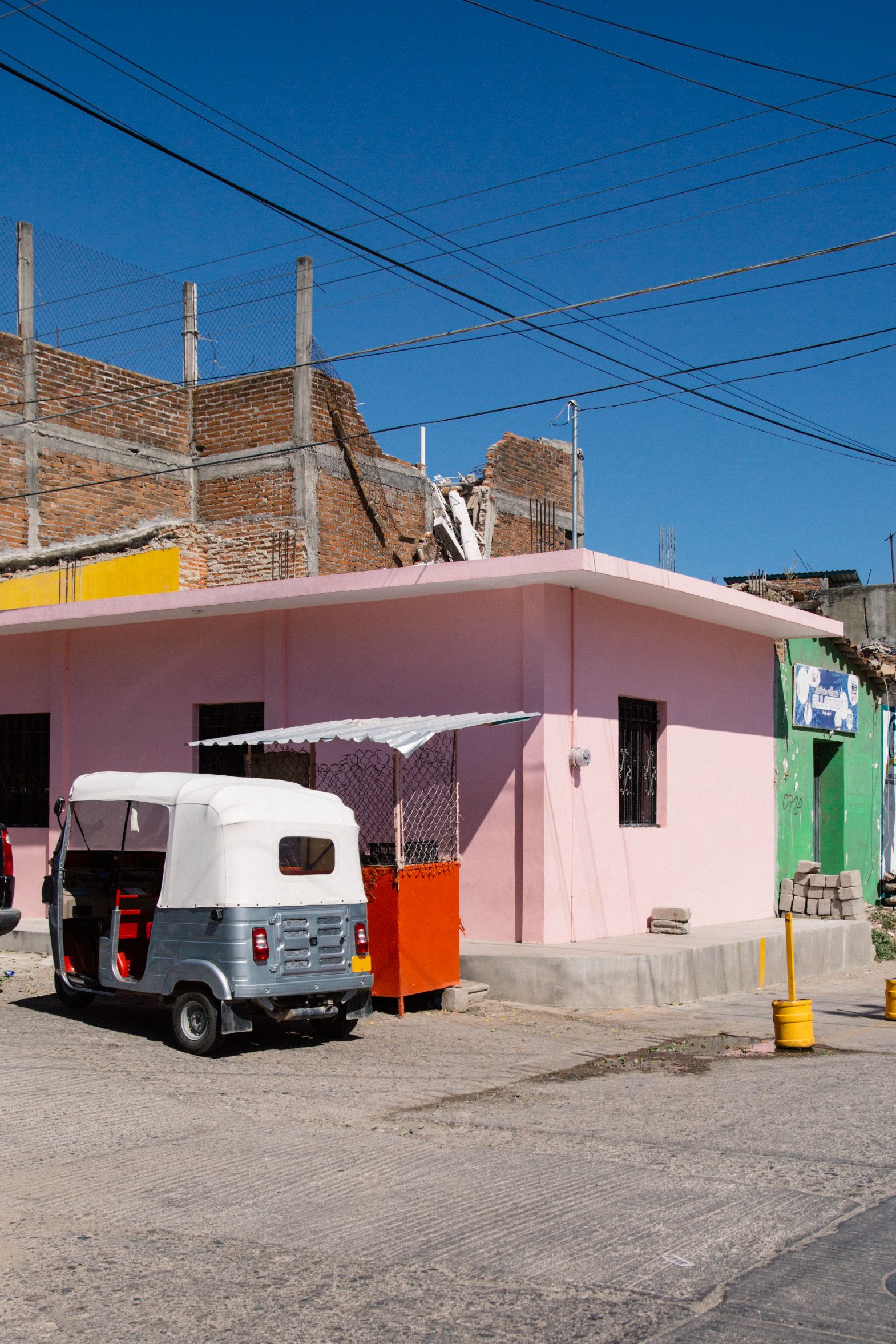
MATERIA: How did you spiritually, emotionally and mentally prepare for this photographic journey and first trip to Oaxaca to visit the Muxe?
MEV: I would love to say that I was really prepared for the first trip to Juchitán or any of the projects I’ve done. At first, I usually approach things without much thought because otherwise I would never get started.
It gets interesting when you start to edit the first batch and start to feel the aftermath emotionally. That is where the spiritual and mental work come in. Documentary work shakes you up because as a photographer, you are seeking vulnerability and connection from your subjects and that can only be achieved through becoming vulnerable yourself.
The planning was strictly based on logistics. For about six months I was in conversations with Francisco Ramos, a friend and our local producer in Juchitán. He gave me the last push of confidence I needed to take the plunge.
MATERIA: What are some of the most unexpected lessons you took away from your time in this nonbinary world?
MEV: When you start to understand that gender identity is a spectrum that fluctuates you start being more empathetic towards others. Gender expectations tend to be violent on young people and anyone who doesn’t identify in a binary world. This may allow a person to develop more organically rather than based on what is expected from a Western mindset.
I remember a woman in Juchitán braiding my hair before going to the party, the same braids the women and muxes in Juchitán wear. She made a crown of flowers in my head. It took me back to when I was a kid, I loved getting hair dos — I used to beg my parents to get braids at the beach. Braids symbolize the past, present, and future together, they unify the three. I love this memory because I now relate it to my personal process of becoming and feeling whole.

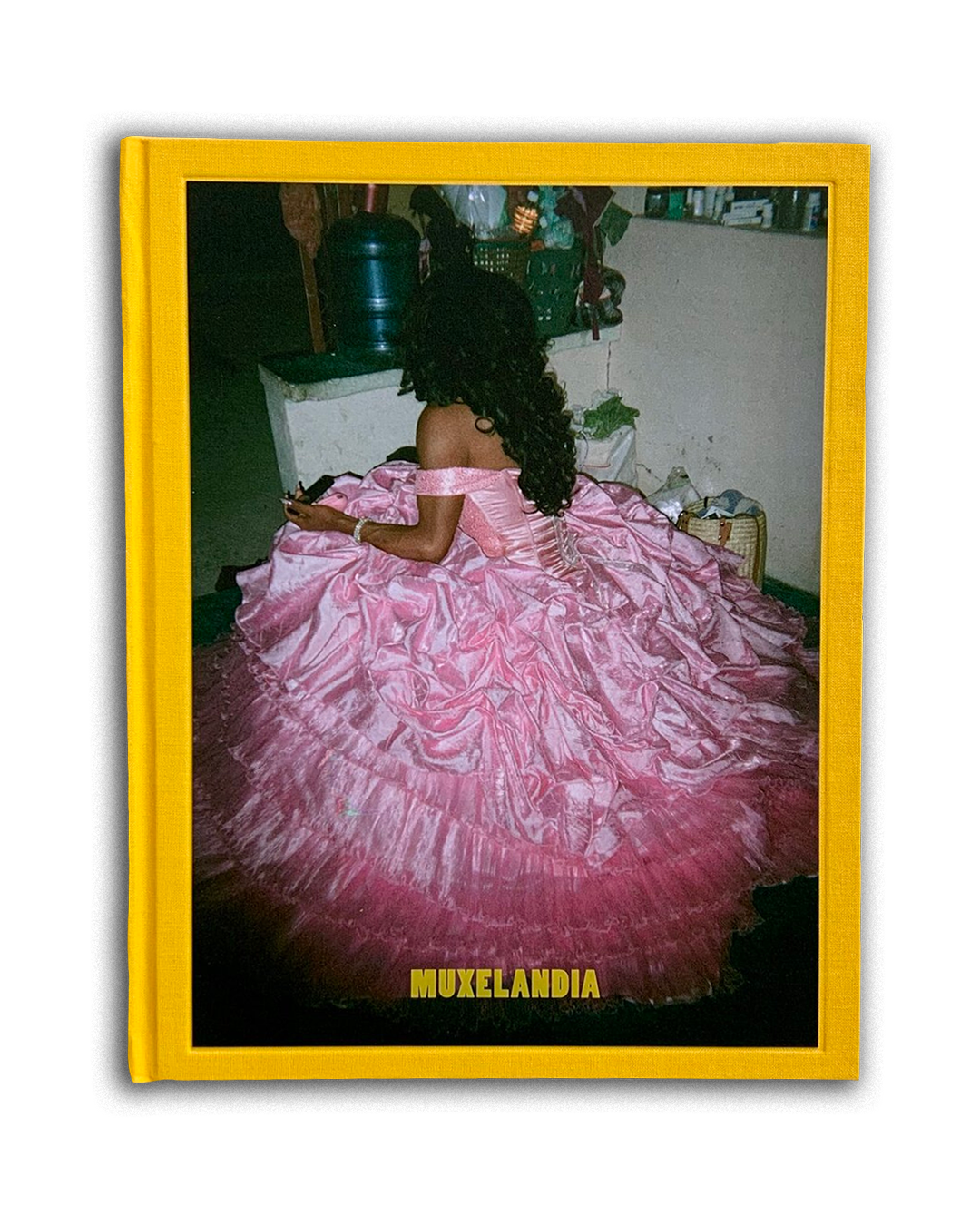
MATERIA: Was there any opposition to your project or concern from the community? How did they accept or not accept your proposal to share their story?
MEV: There was definitely resistance, muxes have been exoticized by the media so they were wary of what our dialogue was going to be, but after talking and getting to know the project they got involved and were the most welcoming and warmhearted people.
Ramos, our guide and fellow photographer, mentioned that it was really important to share that though Juchitán may seem like a matriarchal place it is also full of machismo and homophobia.
MATERIA: There has been so much focus on gender identity and sexuality from a Western binary mindset. What do you think we can learn from the muxe and indigenous cultures that could help expand our perspective?
MEV: I like to highlight that there are many non binary communities around the world aside from the muxes, for example the Hijras in India. I learned that both cultures, the Zapotecs and in India, currently bury their babies umbilical cords at their birth place as a symbol of rootedness.
There are many similarities throughout indigenous cultures around the world that challenge the Western binary mindset—these practices have been around for many years. Take the Greeks for example, there are genderless characters in their sculptures and mythology which show that the world has never been considered full binary.
The essay in Muxelandia the book “Practicing the Nonbinary” texts and interviews written by Renata Juárez Huerdo, walkswalk you through insights on how to better understand gender and its umbrella. It is an approach through personal research, history and muxe’s personal stories that can give you some perspective on gender nonconfoirming realities.
MATERIA: How often is it that the muxe leave this pueblo and create lives outside of their birthplace and community?
MEV: The Zapotec culture is very proud and deeply rooted, even though there is poverty and violence, muxes are focusing more and more on developing professionally which sometimes takes them outside Juchitán.
There is an interview between of Renata and muxe and a Muxe, Sofia in which Sofia tells Renata: “Today we can go to school, have careers, different lives. We have that chance. Unfortunately, the older muxes couldn’t. To young boys who want to dress as women already, I’d give them the advice to go to school first, so they can buy their first wig themselves and not have their parents buy it for them.”
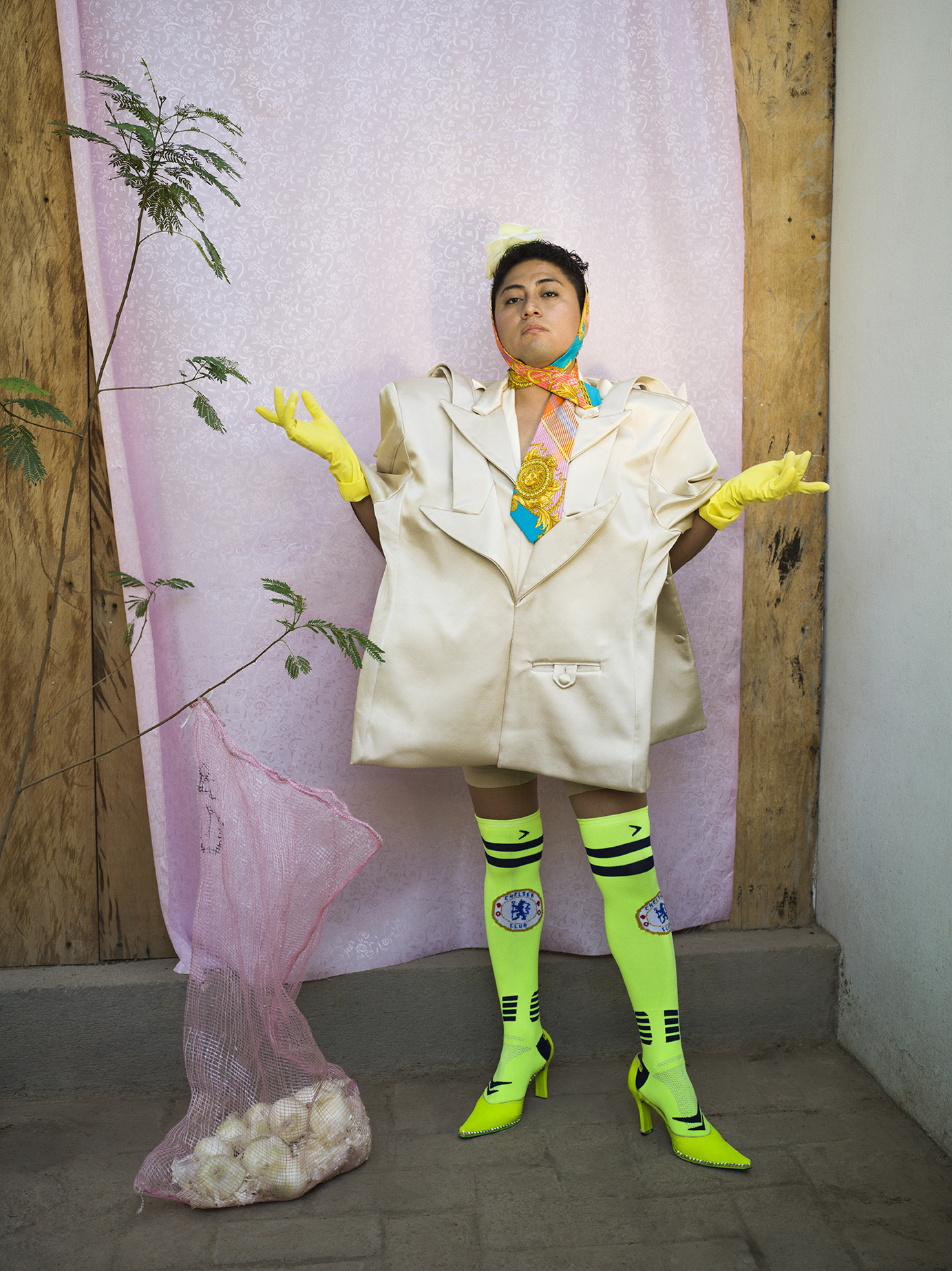
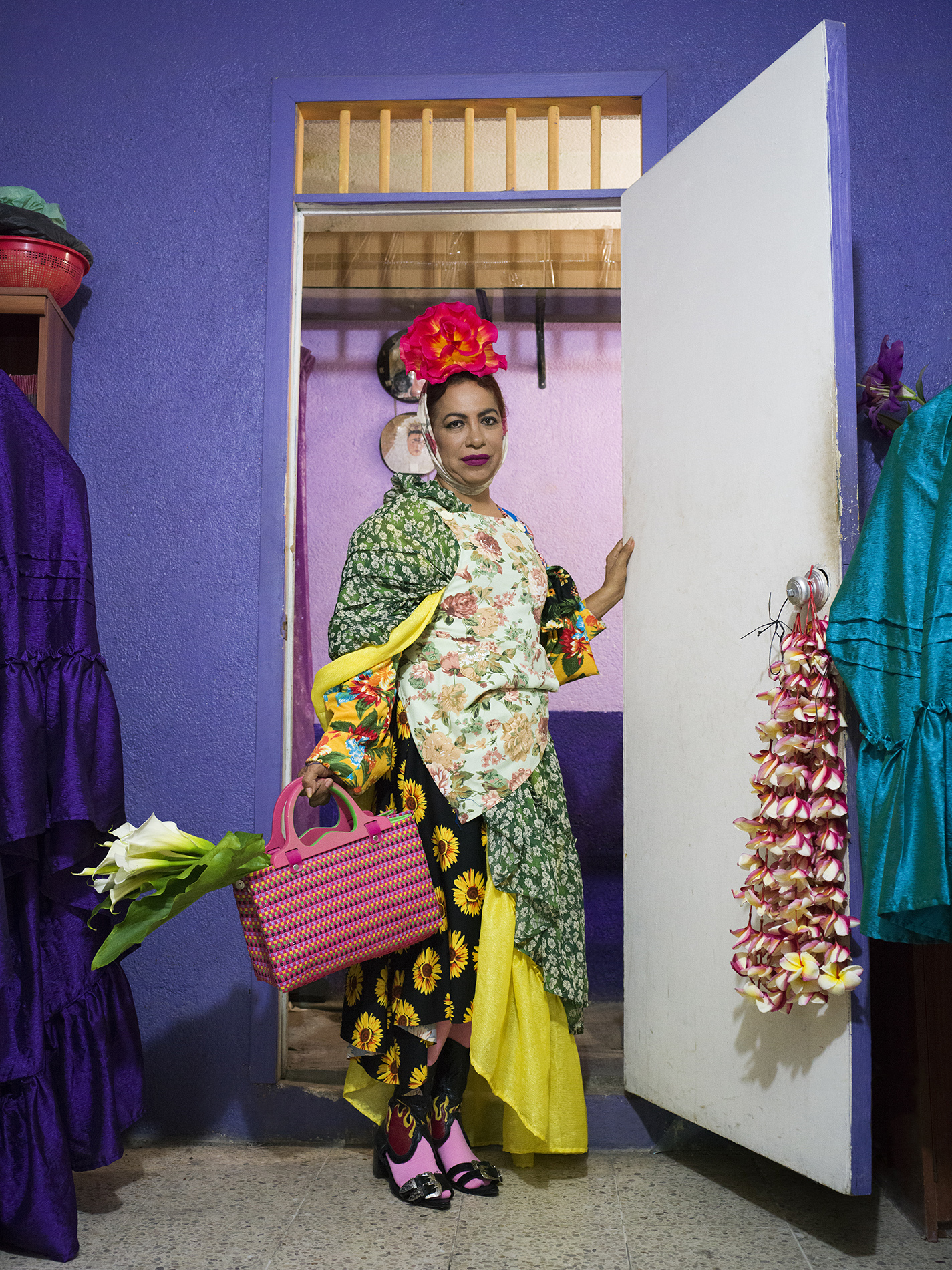
MATERIA: I couldn’t agree more with this statement by muxe, Amurabi “It’s important to name things, because if you don’t, they don’t exist. If we don’t name the identity of muxe, it doesn’t exist.” Aside from naming the muxe and their traditions, what do you believe is most important for the preservation and advancement of this community?
MEV: Amurabi’s statement has permeatsed through me., I like to apply it to many areas of my life,; we don’t give much thought to the power words can have. I’d like to highlight the Zapotec and indigenous tongues. There is an enormous amount load of history getting lost if their language is forgotten, encouraging families to pass it to their children.
Another reason I thought Muxelandia would be useful was for documenting and creating cultural archives through books and prints which are objects that can live by themselves.
Technology can be a threat to indigenous cultures. I believe we still need to come up with more responsible ways to better advocate for the stimulation of the growth and preservation of such communities.
Globalization has challenged some of the more traditional practices, especially for the younger generations. Their rootedness to Zapotec culture prevails—I remember one day that the queen of the vela, Mayté, was getting ready for a party. She was braiding her hair traditionally while watching K-pop music videos on TV.
The project portrays the inevitable use and impact of technology and social media in our age, but also focuses on the pride that goes behind a tradition—it’s a mix of conserving the old and building the new.
MATERIA: There’s a beautiful conversation between the author Renata Juárez Huerdo and muxe La Toya in regards to Renata’s son’s personal experience with gender and identity—“It’s not what he wants, it’s what he is”. How do you interpret this idea of radical acceptance?
MEV: It’s radical because you either accept something or you don’t, it comes from learning and understanding unconditional love.
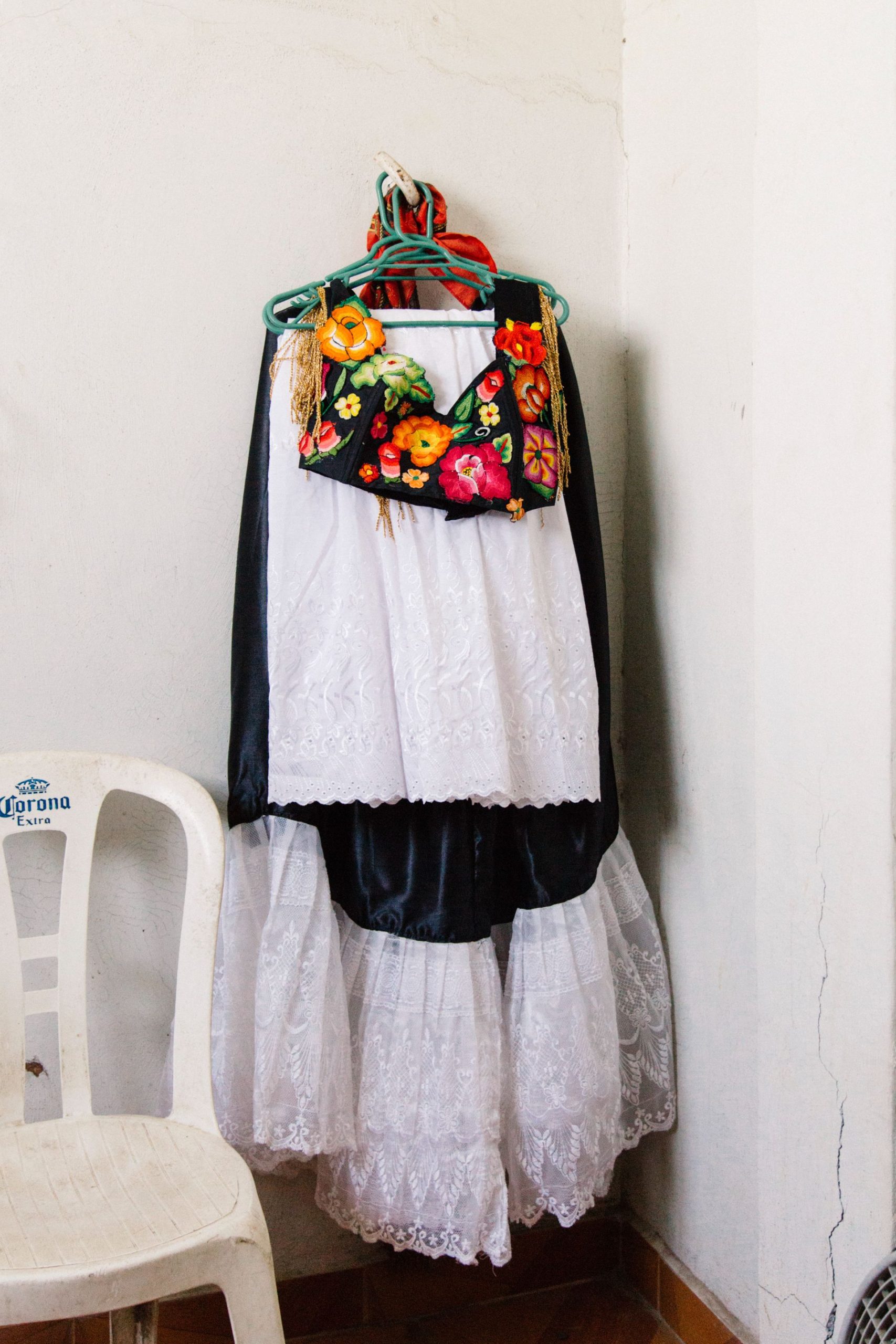
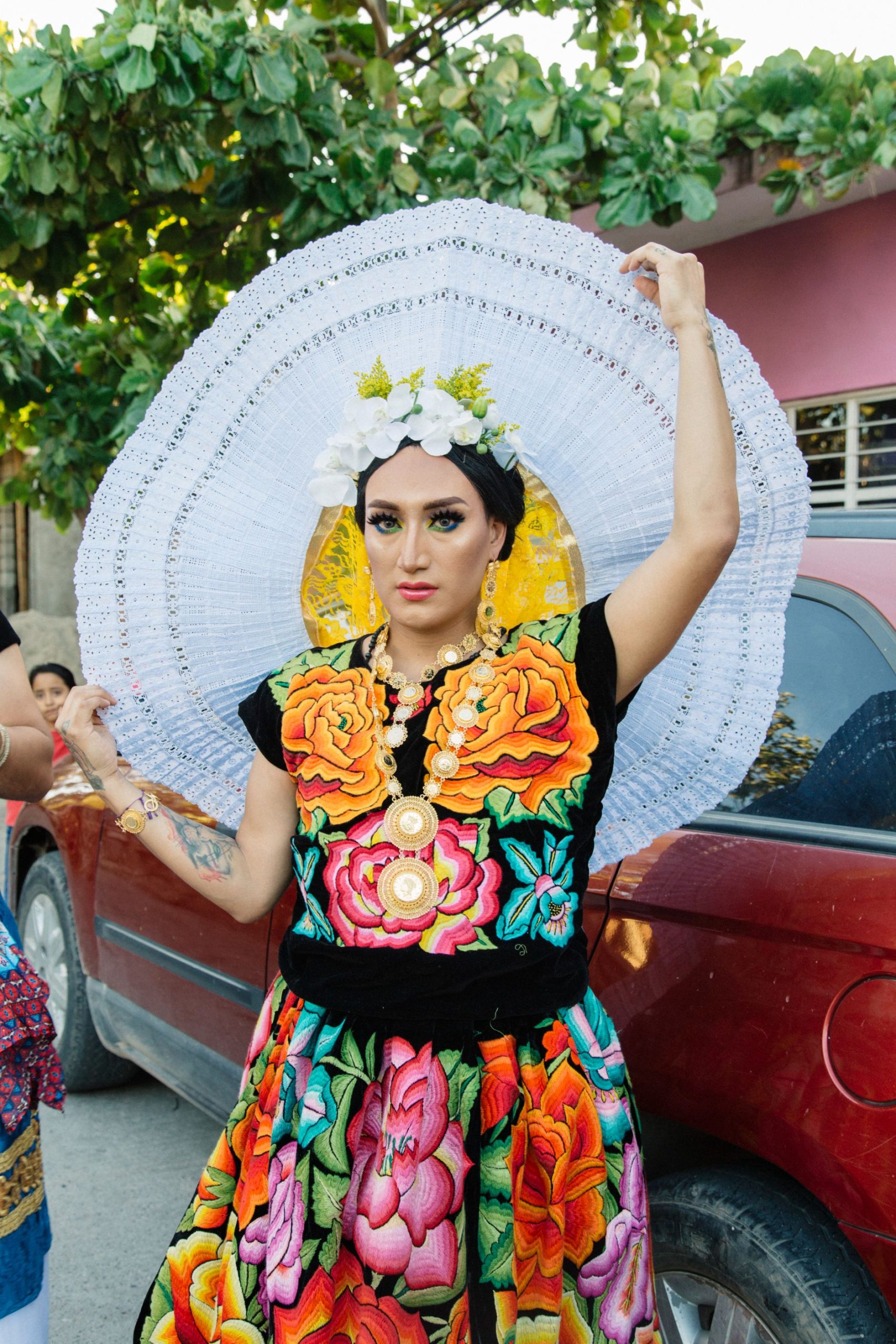
MATERIA: You leave us with a very poignant visual, ‘…people who are free and turn powerfully on their axis…they call this axis their navel, and that by burying your umbilical cord, you gain your sense of belonging; once you find your rooting, you’re invincible.” Can you expand on how that metaphor defined your experience in Juchitán?
MEV: This one is about my own auto concept. The umbilical cord and navel relate to your sense of rootedness and my interpretation of what rootedness means is when you start to be aware of what is in your gut. It is an intuition you are born with.
For me home hasn’t always been the same physical space, it’s been hard to define my sense of rootedness. I’ve moved a lot and I think I have found it in many places.
I believe knowing your gut/rootedness lies in accepting and overcoming all that shadow work, negative feelings, insecurities and the internal dialogue when you want to make something happen or stand up for what you believe in. It is a guide that grounds you.
Invincible means losing the sense of fear that is behind not knowing what happens between getting from A to B, trusting your gut and staying true to it in anything you do.
